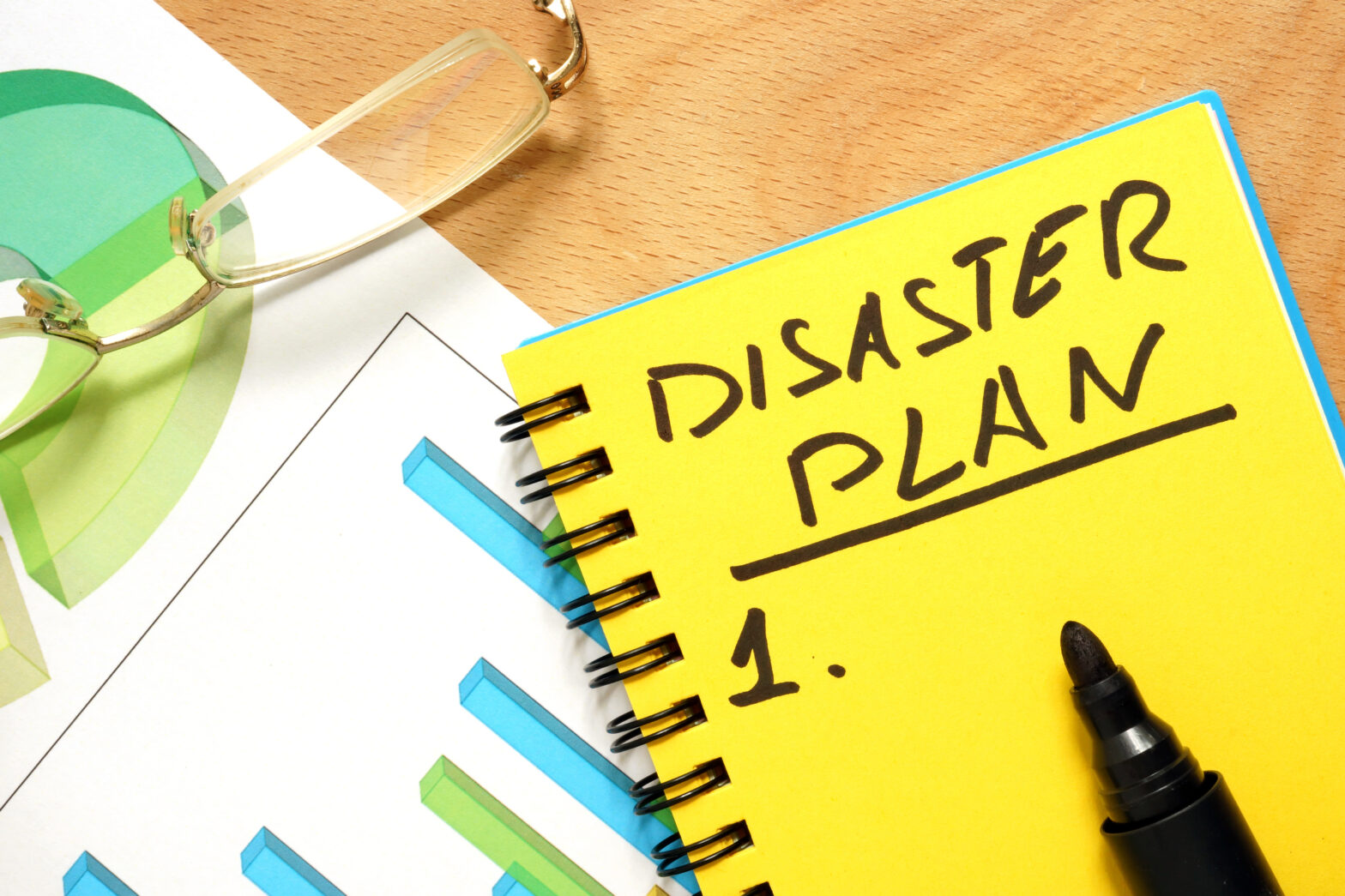Although most companies are painfully aware of how reliant they are on their computer systems, many would rather live with the risk of disaster than the cost of setting up back-up IT and telecommunications systems.
By using virtualisation software, which allows systems to be loaded on fewer servers, the cost of providing back-up systems can be dramatically reduced.
There are two approaches available today. Some vendors, such as PlateSpin and DoubleTake, sell appliances that take regular ‘virtual snapshots’ of the organisation’s IT systems and data. In the event of the main IT systems going down, the virtual appliances can be brought online, allowing the company to go about its business relatively unscathed.
The other approach, taken by providers such as Plan B, is to offer a managed service based on the aforementioned technology. Plan B’s operations director Tim Dunger argues that it is better to entrust disaster recovery systems to a third party – after all, if an organisation’s building catches fire, the back-up systems are better off out of harm’s way.
Also see: Why it pays to be prepared when disaster strikes
But he adds that the events that lead his customers to invoke their recovery plans are rarely as dramatic as a fire or flood. ‘Companies tend to think they need to plan for biblical disasters,’ he explains. ‘But far more common are things like human error, hardware failure, or a hacker or disgruntled employee deliberately sabotaging their IT systems.’
In terms of costs, a virtualised back-up can be rented for around £200 a month. By reducing the amount of hardware required to support back-up systems, virtualisation allows more businesses to protect themselves against potential disaster at a manageable price.





